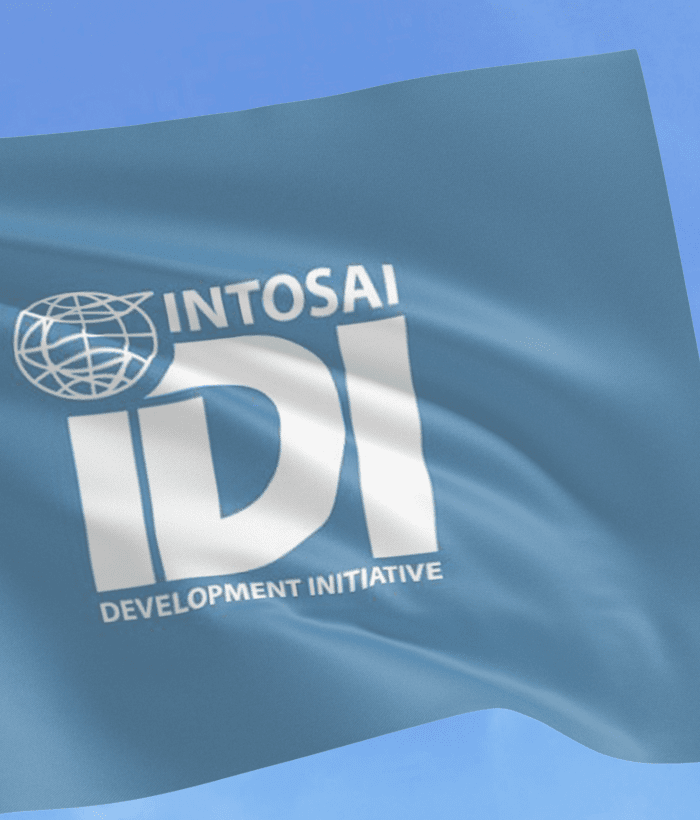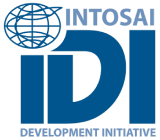
Executive Summary
The fifth Global SAI Stocktaking gives a snapshot of Supreme Audit Institutions' performance and aims to present their operations in light of global developments. The main data source for the report is responses from 166 SAIs collected through the INTOSAI Global SAI Survey. The analysis has been enriched by SAI PMF and PEFA data, together with selected democracy indicators from the v-dem. The Global Survey and the Global SAI Stocktaking was developed by IDI. IDI is grateful for the support and contribution from INTOSAI regions and the INTOSAI Global Survey Committee.
Faced with increased threats to transparency, SAIs needs to elevate engagements with accountability actors
Concerning trends in accountability and democracy have continued to characterise global developments since the Global SAI Stocktaking Report 2020 (GSR2020). Research shows that over the last ten years, levels of democracy, civil liberties and accountability have declined to levels close to those of the 1990s. These global waves can make it even harder for SAIs to continue their work to hold governments around the world accountable for public spending and governance.
For the third consecutive Stocktaking, SAI independence levels have declined. This continued trend can be explained by a deterioration in certain geographical regions, accompanied by sustained low levels in others. Access to information continues to fall, and interference in budget execution and audit planning has gone up. 10% of respondents to the Global Survey 2023 reported interference against the SAI leadership.
Meanwhile, SAIs’ ability to transparently report on their audit findings are also suffering, with a two-point drop in the SAIs' right to publish audit reports, accompanied by a lower average of 69% of SAIs reports being published, compared to 77% in the GSR2020. The result begs of whether the levels of transparency in SAI reporting and publication could be linked to levels of openness in society overall. The GSR2023 suggests there is a moderately strong correlation between levels of reports published and civil liberties, which proposes trends affecting transparency and openness could have detrimental effects on SAI’s work.
Despite these results, SAIs are still not making sufficient efforts to forge strategic relationships with institutional and non-institutional end users, through predictable and adapted communication, consultation, and follow-up. There’s a significant fall in regular communication with the Executive compared with the GSR2020, from 63% to 23%. This implies lost opportunities both for making effective use of internal audit findings, as well as sensitisation and improved understanding of audit objectives which could improve the use of results. The Executive is also not involved by SAIs in follow-up of audits, which means that systemic issues derived from audits, are less likely to be addressed. Only 40% involve the Executive regularly in follow-up of audits, and levels are similarly low for involvement of Parliament, which also means significant governance issues risk not being debated and potentially addressed by policy makers.


Improvement in gender and SDG audits shows SAIs can be responsive
While SAIs face institutional challenges, they can also pinpoint emerging and current topics through their audit work. The GSR2023 shows that during and in the aftermath of the COVID-19 pandemic, 87 % of SAIs reported to have conducted audits on COVID-19 emergency funds. 70% published a report based on these audits.
Another area where SAIs have shown dedication to global development is audits of the Sustainable Development Goals (SDG Audits). The Global Survey results show that 49% undertook performance audits of the preparedness of national governments to implement the SDGs (Sustainable Development Goals), while 43% undertook performance audits on national implementation of SDGs. The latter is a substantial increase since the GSR2020, when only 30% did so. There’s also an increase from 16% to 22% in the proportion of SAIs that carry out audits for the purpose of country reporting against SDG targets. 49% also confirm to carry out audits on other specific SDGs.
There has also been a slight increase in audits on gender since 2020. Although the numbers of gender audits are still low, with 31% of SAIs doing audits on gender and 21% mainstreaming gender in audits, the numbers represent an improvement since GSR2020, where 24% did audits and 14% mainstreamed gender in their audit work. Furthermore, these practices are accompanied by an improvement in gender work on the organisational level. 60% of SAIs have now institutionalised gender responsibilities in the SAI, there is an increase in the proportion of SAIs with a gender focal point from 25% reported in 2020 to 37% in 2023.

A joint effort is needed to lift SAI audit quality
To maintain credibility, SAIs’ endeavours to cover significant audit topics must be accompanied by risk-based high-quality audits. The GSR2023 shows that while the adoption of ISSAIs as authoritative auditing standards is now almost universal at 97%, there is no clear joint understanding of what the adoption process entails. 62% of SAIs report to have adopted the relevant standards as the authoritative audit standards. Almost two-thirds have a provision in the audit act for adoption of standards. Yet, the processes SAIs undertake during standard adoption vary and only 21% have made an implementation plan for the adopted standards within the SAIs.
This is reflected in the quality of manuals, audit work and existence of quality management systems. SAI PMF data shows that across audit types, SAI audit manuals meet the quality benchmark for 70%, 52% and 70% for financial, compliance and performance audits respectively. Despite relatively high numbers related to ISSAI-compliant audit manuals, there is a steep fall when compared to the quality of SAI audit practices, where the quality benchmark from SAI PMF is met by 48% of SAIs for performance audits, but falls to 25% for financial audit and 16% for compliance audit.
Implementation of the ISSAIs is a long-term change process, so it’s not unexpected that improvements in audit practices will not be captured by performance data over shorter periods. However, it is worth noting that good manuals are not sufficient, and it appears that many SAIs need continued support to fully organise the roll-out of ISSAIs and integrate it into their existing work. The GSR2023 shows that quality management is one aspect where continued work is required, together with upscaled support at the organisational level in planning and risk analysis.
Another key area is professionalisation of staff and organisation of audit teams. Only 37% of SAIs find their current staff to be adequate both in terms of size and competencies. When asked about professional development programmes, SAIs rely most commonly on in-house development programmes not regulated by any other organ, which is used by 60%. Only 66% of SAIs have competency frameworks at the base of audit and professionalisation efforts, suggesting that their in-house efforts will not be sufficient, considering the challenges many SAIs face in doing ISSAI-compliant audits, as quality objectives and competencies needed are not sufficiently defined. 33% of SAIs report to have mechanisms for promoting and assessing the success of continuing professional development. This is not only concerning for assessment of individual staff development, but could also imply there are limited SAI capacities to apply and disseminate skills and knowledge obtained through capacity building within the organisation. This could hamper the implementation of
The results show that the volume of peer support took a hit during COVID, with the number of SAIs providing support to peer SAIs going down from 71 during 2017-2019, to only 42 during 2020-2022. Given the important role peers play in providing capacity development support, this is concerning. Combined with 47% reporting financial resource insufficiency and 55% reporting difficulties in obtaining external support for SAI-led capacity development projects, it reveals the need for INTOSAI and development partners to come together to help SAIs get back on track in providing and receiving technical and financial assistance that can improve accountability levels in lower-income countries.


SAI strategic vision must be accompanied by own accountability

It is positive to see results for SAIs governing their operation based on a stable strategic plan. 90% currently have a Strategic Plan and report that they manage their work using operational plans. The GSR2023 analysis shows that there has been an improvement in good practices based on strategic management principles in the SAI community, and that the improvement to a certain degree can be linked to continuous support provided on this area of SAI governance.
Even with the important role of SAIs in the accountability ecosystem, and their potential to contribute towards rebuilding trust of citizens towards public institutions, SAIs are not yet sufficiently making efforts to demonstrate their own accountability practices. For example only 52% of SAIs report annually against their strategic objectives. Similarly, the financial accountability of SAIs is limited partly due to institutional restraints. Still, only 57% of SAIs globally submit financial statements for external audit, and even fewer, 46%, publish the audit opinion.
Finally, the GSR2023 shows that SAIs have the potential to make better use of ICT to help improve the efficiency of governance and audit operations. Only half of SAIs have a digitalisation strategy, or a budget for ICT and digitalisation investments. Similarly, 41% have a plan for enhancing digital competency in the organisation. Considering these results, it’s clear that SAIs should continue to build their ICT governance systems, to enable better support to their main operations.


